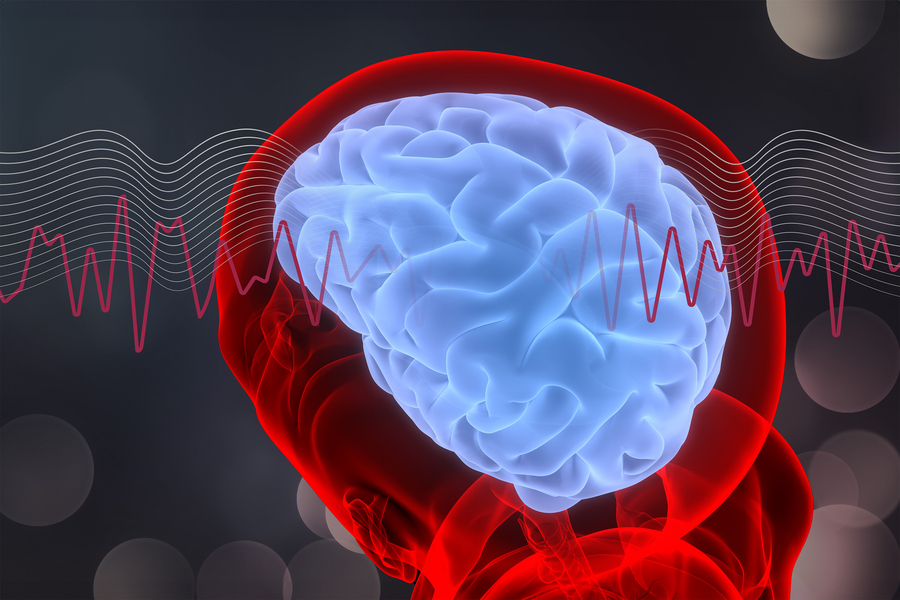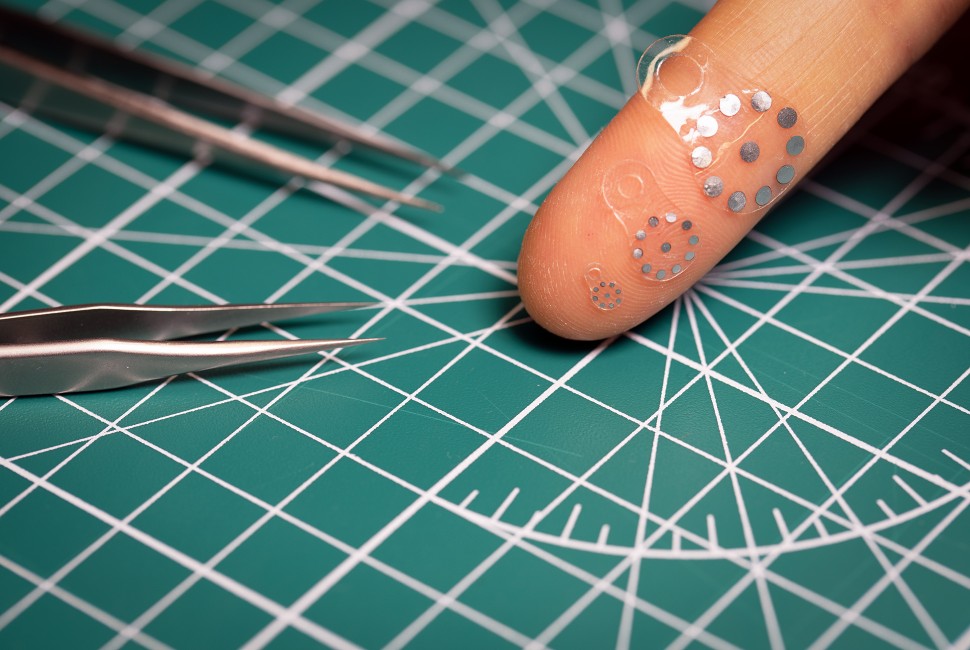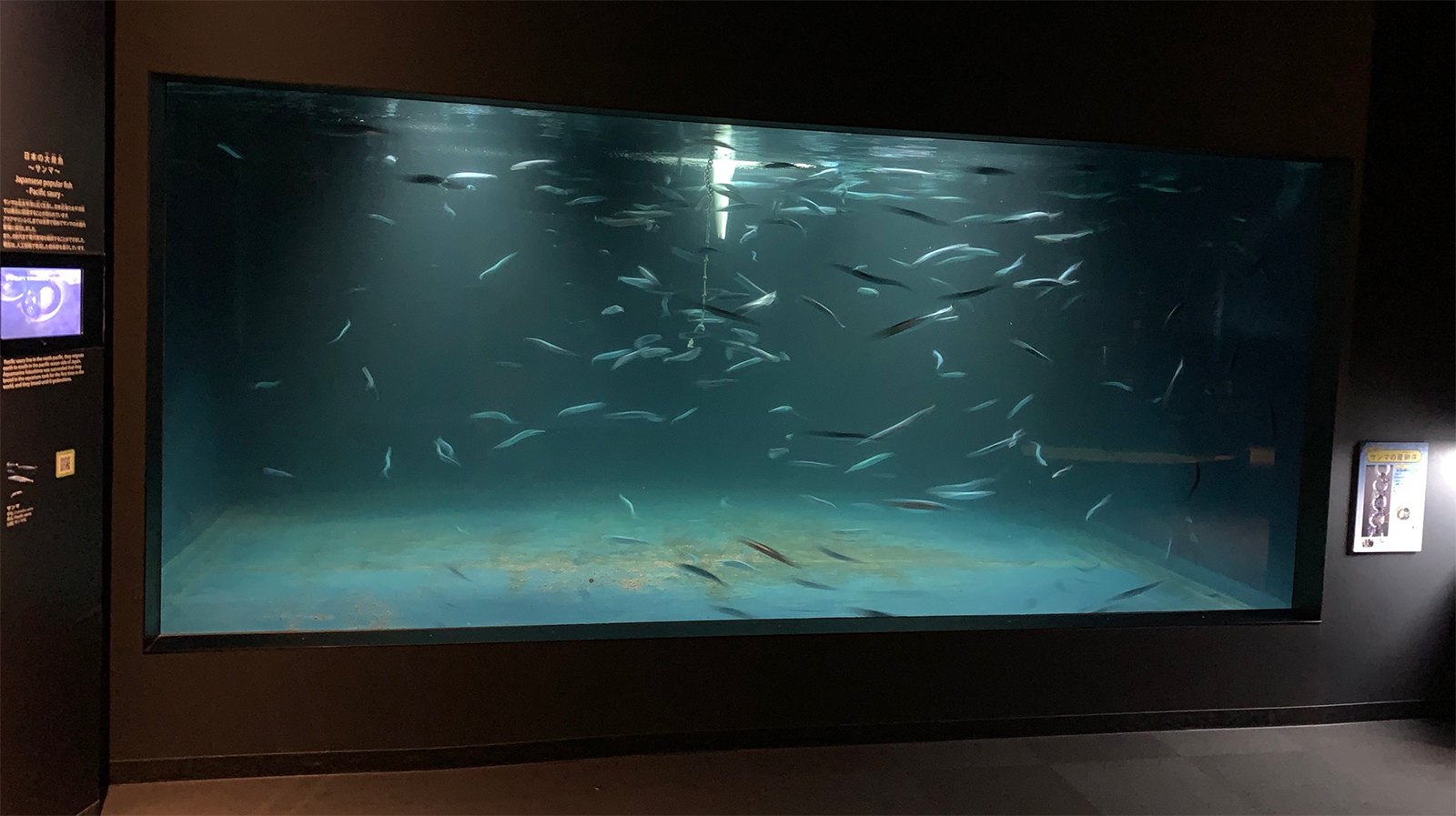ガンマ脳波を刺激することで、がん患者を化学療法による記憶障害やその他の認知的影響から守ることができるかもしれない Stimulating gamma brain waves may protect cancer patients from memory impairment and other cognitive effects of chemotherapy.
2024-03-06 マサチューセッツ工科大学(MIT)

A noninvasive treatment may help to counter “chemo brain” impairment often seen in chemotherapy patients: Exposure to light and sound with a frequency of 40 hertz protected brain cells from chemotherapy-induced damage in mice, MIT researchers found.
Credit: Christine Daniloff, MIT; iStock
<関連情報>
- https://news.mit.edu/2024/noninvasive-treatment-chemo-brain-0306
- https://www.science.org/doi/10.1126/scitranslmed.adf4601
視聴覚刺激を用いたガンマ同調は、マウスにおける化学療法によって誘発された化学脳病理と認知障害を緩和する Gamma entrainment using audiovisual stimuli alleviates chemobrain pathology and cognitive impairment induced by chemotherapy in mice
TAEHYUN KIM , BENJAMIN T. JAMES , MARTIN C. KAHN , CRISTINA BLANCO-DUQUE , […], AND LI-HUEI TSAI
Science Translational Medicine Published:6 Mar 2024
DOI:https://doi.org/10.1126/scitranslmed.adf4601
Editor’s summary
Patients with cancer undergoing chemotherapy often experience cognitive impairment, or the so-called “chemobrain,” that can persist long after chemotherapy has ceased. In two mouse models of chemobrain, Kim et al. now show that a noninvasive 40-Hz audiovisual stimulation designed to entrain gamma neural activity in the brain (GENUS) can ameliorate cognitive impairment and chemobrain pathology in mice. GENUS stimulation was most effective when given during chemotherapy but was less effective if given once chemobrain pathology had progressed. GENUS stimulation should be investigated further as a potential strategy to prevent chemobrain in patients with cancer. —Orla Smith
Abstract
Patients with cancer undergoing chemotherapy frequently experience a neurological condition known as chemotherapy-related cognitive impairment, or “chemobrain,” which can persist for the remainder of their lives. Despite the growing prevalence of chemobrain, both its underlying mechanisms and treatment strategies remain poorly understood. Recent findings suggest that chemobrain shares several characteristics with neurodegenerative diseases, including chronic neuroinflammation, DNA damage, and synaptic loss. We investigated whether a noninvasive sensory stimulation treatment we term gamma entrainment using sensory stimuli (GENUS), which has been shown to alleviate aberrant immune and synaptic pathologies in mouse models of neurodegeneration, could also mitigate chemobrain phenotypes in mice administered a chemotherapeutic drug. When administered concurrently with the chemotherapeutic agent cisplatin, GENUS alleviated cisplatin-induced brain pathology, promoted oligodendrocyte survival, and improved cognitive function in a mouse model of chemobrain. These effects persisted for up to 105 days after GENUS treatment, suggesting the potential for long-lasting benefits. However, when administered to mice 90 days after chemotherapy, GENUS treatment only provided limited benefits, indicating that it was most effective when used to prevent the progression of chemobrain pathology. Furthermore, we demonstrated that the effects of GENUS in mice were not limited to cisplatin-induced chemobrain but also extended to methotrexate-induced chemobrain. Collectively, these findings suggest that GENUS may represent a versatile approach for treating chemobrain induced by different chemotherapy agents.


